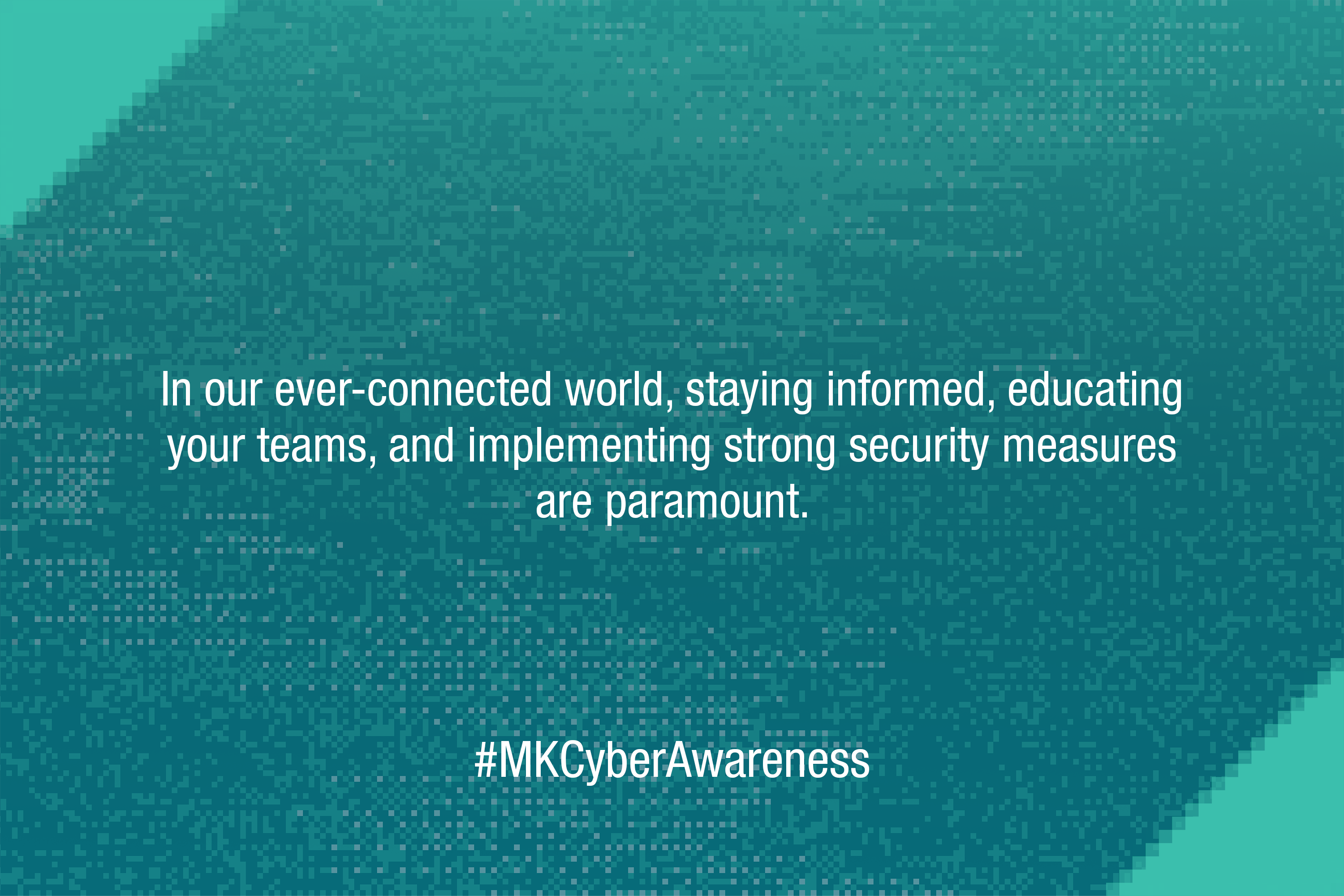Modern cybercriminals have become increasingly sophisticated at manipulation, leaving organizations vulnerable to financial losses, data breaches, and reputational damage. In recent years, these orchestrated scams shifted to target stored data, compromise business emails, and deploy fake apps that will steal organizational and intellectual property. Professionals must remain vigilant and informed about the latest tactics employed by cybercriminals.
Phishing Attacks
Phishing remains a pervasive threat since it involves posing as legitimate and trustworthy entities to trick victims into revealing sensitive information, such as usernames, passwords, and credit card details, or downloading malicious attachments. Recognizing modern phishing scams involves paying attention to the following:
- Spear Phishing: Attackers personalize their messages to specific individuals or organizations, often using stolen information to gain trust.
- Clone Phishing: Scammers create exact replicas of legitimate emails, with minor alterations designed to deceive recipients.
- Vishing: These scams involve voice messages, often requesting urgent actions, such as transferring funds or revealing personal information.
To mitigate phishing threats, organizations should regularly update their cybersecurity and privacy policies, focus on user education, email filtering, multi-factor authentication, and emphasizing the notion of “never trust and always verify.”
Business Email Compromise (BEC)
Historically, BEC scams have focused on compromising email accounts of high-ranking executives or employees to request financial transactions or access to sensitive data; however, since 2020, researchers have found that cybercriminals are increasingly targeting payroll divisions. This has made it crucial for cybersecurity professionals and all staff within an organization to recognize the signs of BEC scams, including:
- Spoofed Email Addresses: Attackers may use similar-looking email addresses or domains to impersonate trusted contacts.
- Urgent Requests: BEC scammers often insist on immediate action, creating a sense of urgency.
- Invoice Fraud: Requests for invoice payments or changes in payment details should raise red flags.
Through suspicious links and account compromise, employee payroll is redirected to fraudulent accounts. While multi-factor authentication (MFA) and a robust verification process are essential in safeguarding organizations against these scams, you must properly train your employees to look for suspicions within the method of outreach, such as frequent typos or unknown links.
Ransomware
Ransomware attacks can render any stored data inaccessible. To avoid these dangers, organizations must take action to protect themselves from ransomware attacks that could lead to legal penalties, regulatory fines from authorities, damaged professional reputation, client turnover, and loss of business clientele. According to Veeam’s 2023 Ransomware Trends Report, more than 93% of ransomware attacks specifically target backed up or previously stored data. Key indicators of ransomware attacks include:
- Unusual File Extensions: Encrypted files often carry unique extensions.
- Ransom Notes: Attackers typically leave a ransom note demanding payment for data decryption.
- System Disruption: Ransomware often locks users out of their systems and encrypts their files.
To achieve full protection of any stored information, make sure that you are proactively implementing effective data storage practices and vetting all requests that come through inboxes, newsletters, and any other form of potentially misleading communication.
Malware
Malware, including viruses, trojans, and spyware, remains a constant threat. Recognizing modern malware often involves spotting suspicious behavior, such as:
- Unexpected Pop-Ups: Malware can generate intrusive pop-ups or ads.
- Sluggish Performance: A sudden decline in device performance could indicate malware.
- Unwanted Software Installations: Unapproved software installations can be a sign of infection.
An appropriate antivirus solution, regular system scans, and user education are crucial for dealing with malware.
Fake Apps
Fraudulent mobile apps continue to threaten organizations of all sizes. Sometimes, employees may fall victim to downloading misleading apps or software outside of their organization’s approved list. Failure to vet such apps can lead to data breaches, unauthorized access, and stolen confidential information. A powerful mobile device management (MDM) strategy actively monitors apps that are downloaded and installed on firm-related software in near real-time to secure employee devices. Having this kind of defense will regulate the enrollment and maintenance of employee mobile devices, as well as serve as a protection mechanism for the organizational configurations and restrictions within the approved devices.
Be Ready
It’s essential to remain vigilant and adaptable in the face of evolving threats. By prioritizing data protection and adopting proactive cybersecurity measures, organizations can fortify themselves against the burden of phishing, business email compromise, ransomware, malware, and the use of fake apps.
Taking these precautionary measures will ensure the preservation of sensitive data, address regulatory and legal compliance, and can mitigate risk.
For additional information on how you can implement a commercially reasonable cybersecurity program, please contact us.
____________________________________
We highly recommend you confer with your Miller Kaplan advisor to understand your specific situation and how this may impact you.



